This past week I was again reminded why Rotorua is such a great place to practice bird photography. We were heading into town in the late afternoon to meet my son at the end of his work shift and planned to have a quick look at Sulphur Point so see what the birds were up to. It was planned as a short 10-15 minute stop but I had made sure my Nikon Z8 and Nikkor Z 180-600mm were with me “just in case”. After a quick scout we were about to leave when a txt message came in that the shift was running late so I had an extra 45 minutes free. I pulled out the camera and started to look for pictures in the evening light.
There is always a great range of subjects with numerous birds on the water, flying and perched in a location that allows a range of lighting opportunities. Flying opportunities range from the relatively easy gulls and shags to the more challenge scaups and extremely challenging swallows.
I began with the huge raft of Pāpango/NZ Scaup resting on still water in diffuse light with a soft blush of setting sun. This gave a good opportunity for high key images. It was a matter of trying to isolate a co-operative subject in a busy environment – finding a preening bird in a good position and then waiting for a wing flap after the preen is always a nice challenge . The image at the top of the blog is the result.
A little further are a reliable set of shag perches with a variety of backgrounds available depending on the position you choose to shoot from. My favourite image from the session is this following one with the subject in shade and the background in setting sun, a circumstance well worth being on the lookout for.
The perched shags offer a number of opportunities and are relaxed enough that a gentle approach can achieve quite tight portraits.
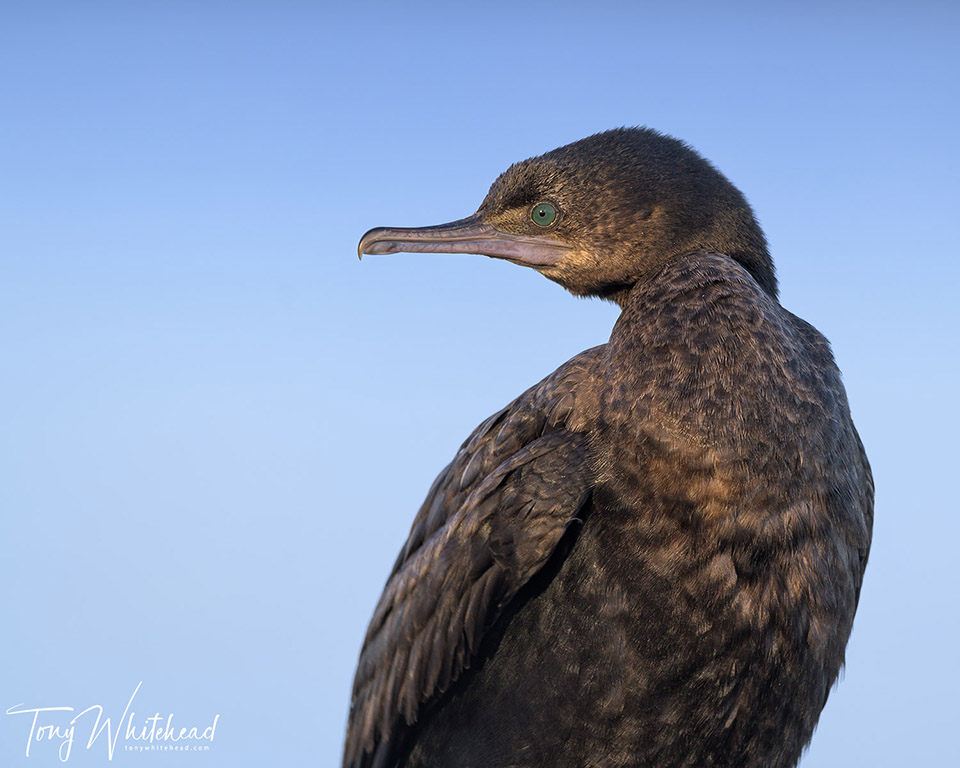
Slightly further along the sun was shine through a gap and gave an opportunity of flying Pāpango/NZ Scaup. These fast flying ducks are lovely but can be challenging to track and photograph well in flight.
Heading back up to the point where the sun was still fully illuminating the lake there were more opportunities on flying shags and scaup. No especially stunning images but a continual stream of subject to practice with.
Regular practice is something that is underemphasised in photography. At times it seems there is the idea that you can read up on a subject or do a workshop and then you know what you need to know. Unless you get out and practice it regularly you won’t be able to use what you have learnt effectively or efficiently.
Birds in flight is one of the genres that needs regular practice. No-one would hope to go to a clay target shooting event without having spent a lot of time practicing on targets and many of the skills in bird in flight photography are the same – acquiring and tracking a target in motion through the air and then firing at the appropriate moments. The major difference being that we are gathering photons and images rather than spraying debris into the environment.
I was reminded of this need for regular practice on my return from the Arctic. I had been travelling and photographing for about 4 weeks – many days photographing with 2 cameras for most of the day. My skills were sharp and I could change cameras and settings without thinking. Getting back home and mired under a backlog of work had me not pick up a camera for a month and I felt incredibly clumsy and rusty when I finally got out again. Having a location like Rotorua with a plentiful subjects is a great way to rapidly brush up and refresh those neural reflexes.
Techniques like slow shutter pan blurs are low yield so really benefit from practice with common frequent subjects so that you have a better chance of success in harder to reach environments with less common subjects. As I’ve mentioned before in My Favourite Feature on the Nikon Z8/9 post, programming a button allows me to seamless shift into pan blur mode during a pass.
Rotorua’s reputation as a great fishing destination is based on the rich aquatic life of the lakes which support a good trout population. It equally supports a good bird population and the regular emergence of aquatic insects ensure a continual supply of foraging Warou/Welcome swallows as challenging in flight subjects.
This final photo is of a new subject I haven’t encountered there before so the unexpected is always a possibility.
Rotorua is one of the best places in the country to photograph Weweia/NZ Dabchick and despite them not featuring in this post I saw pair in lovely light when we arrived and before I had got my camera out. Hopefully this post gives an idea of what is achievable in a short session of bird photography practice.
All photos with Nikon Z8 and Nikkor Z 180-600mm f5.6-6.3 VR
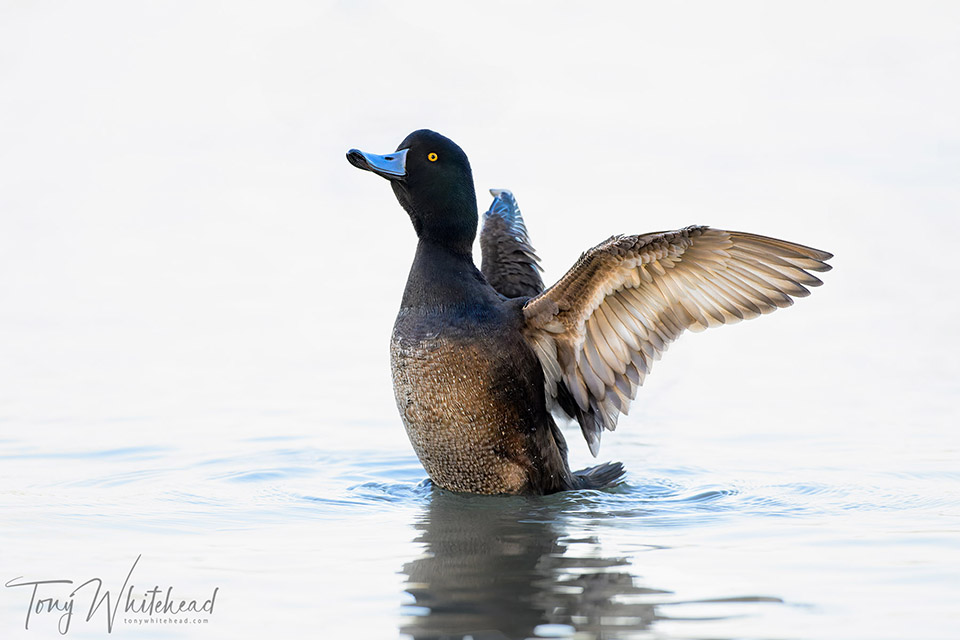
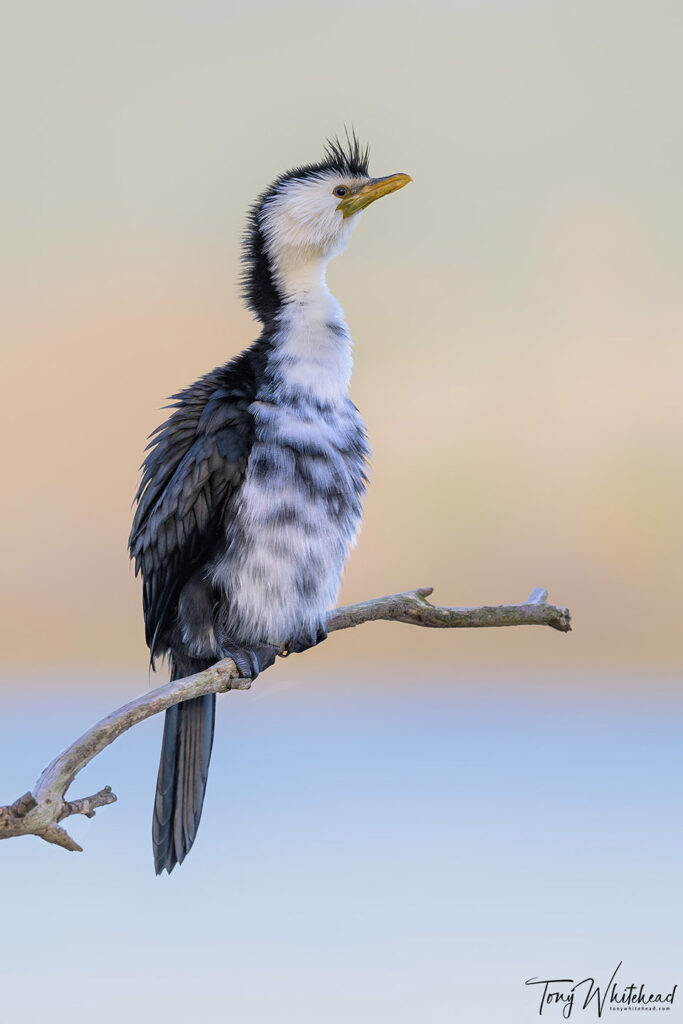
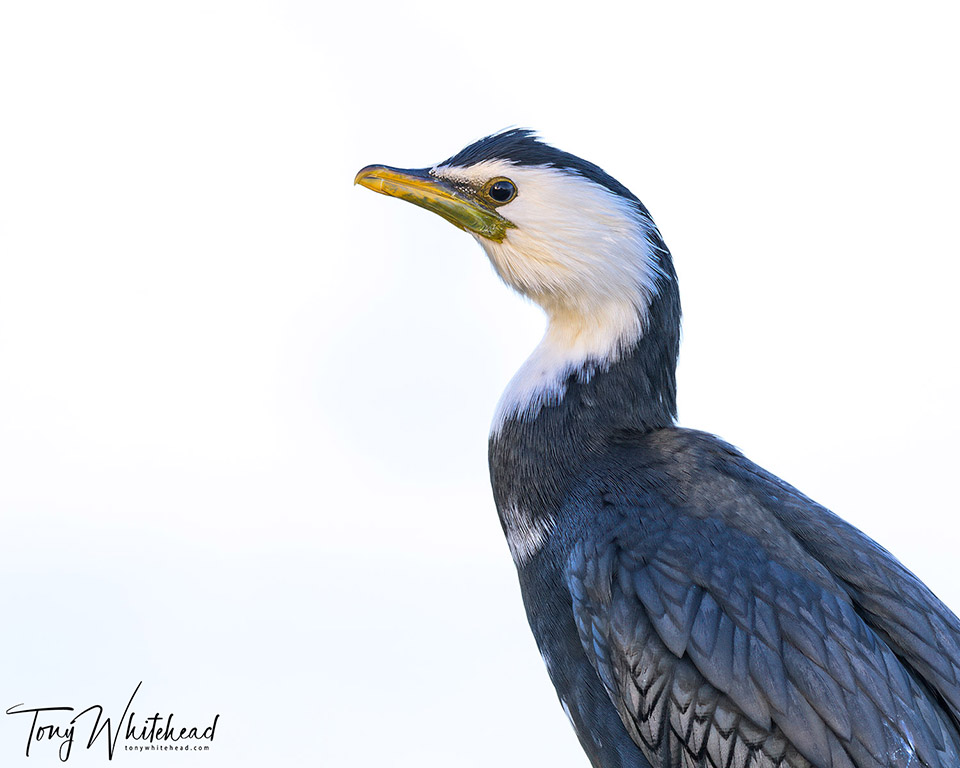
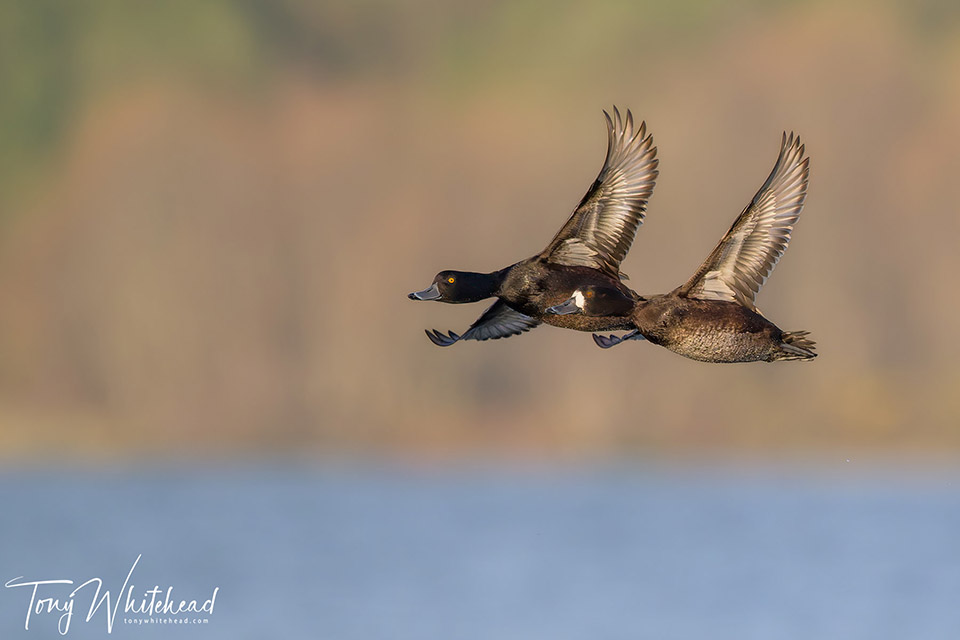
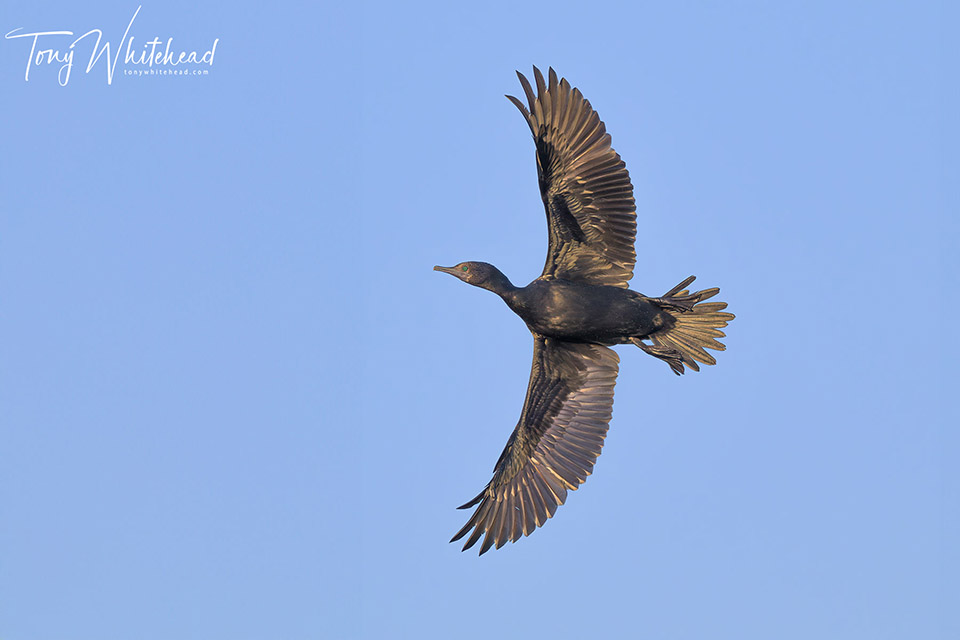
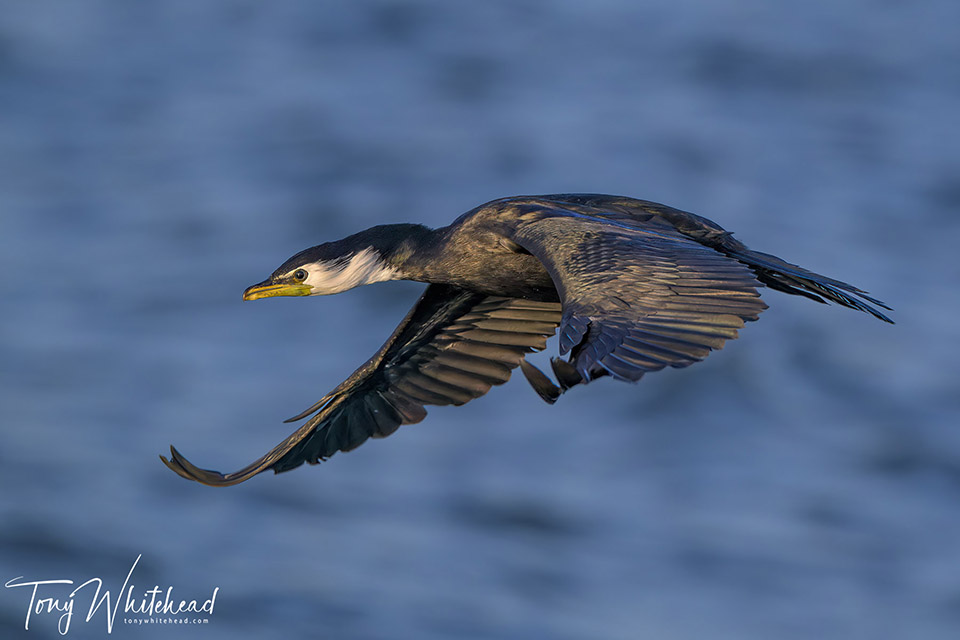
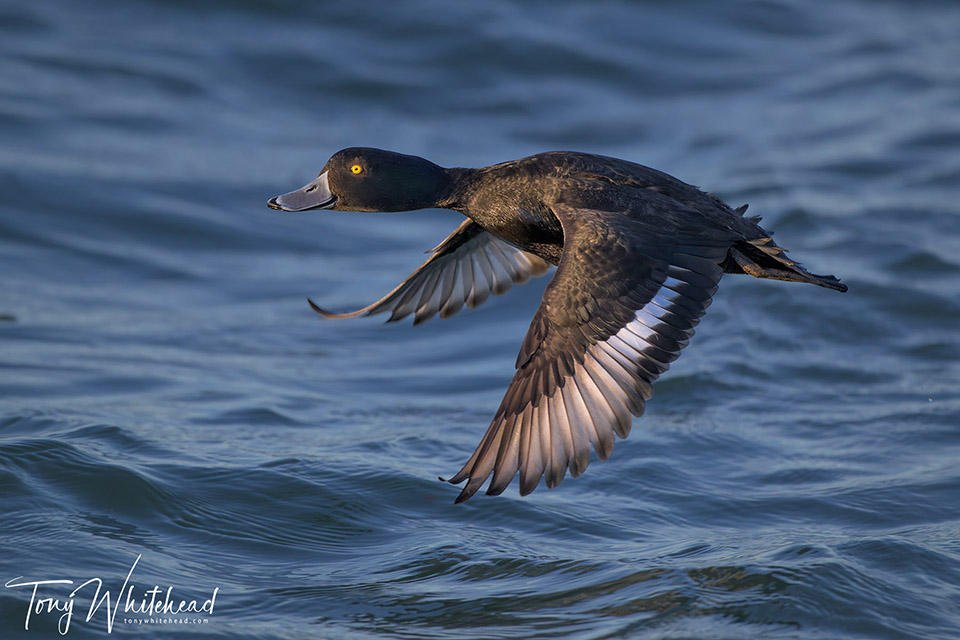
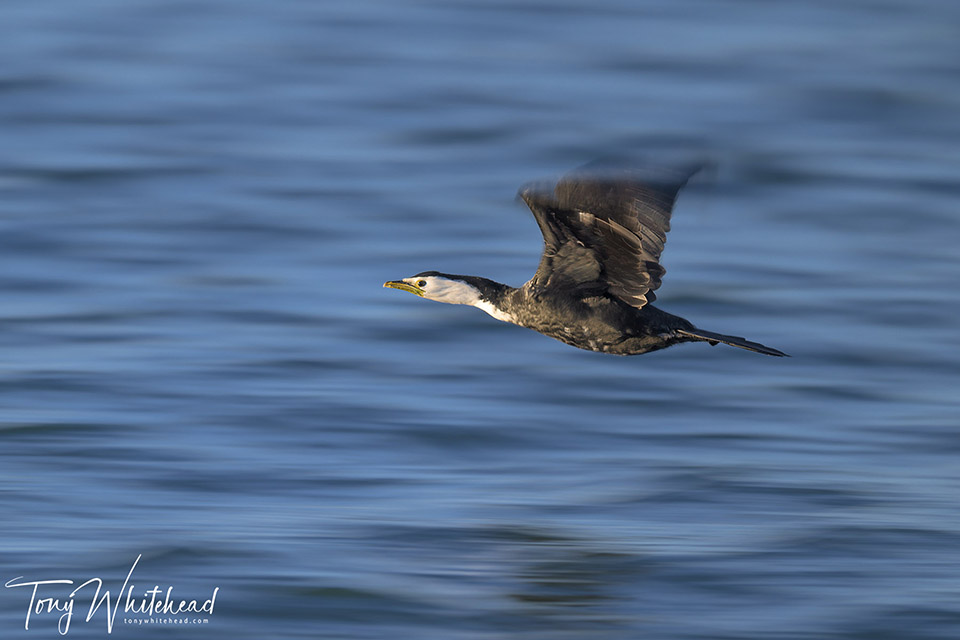
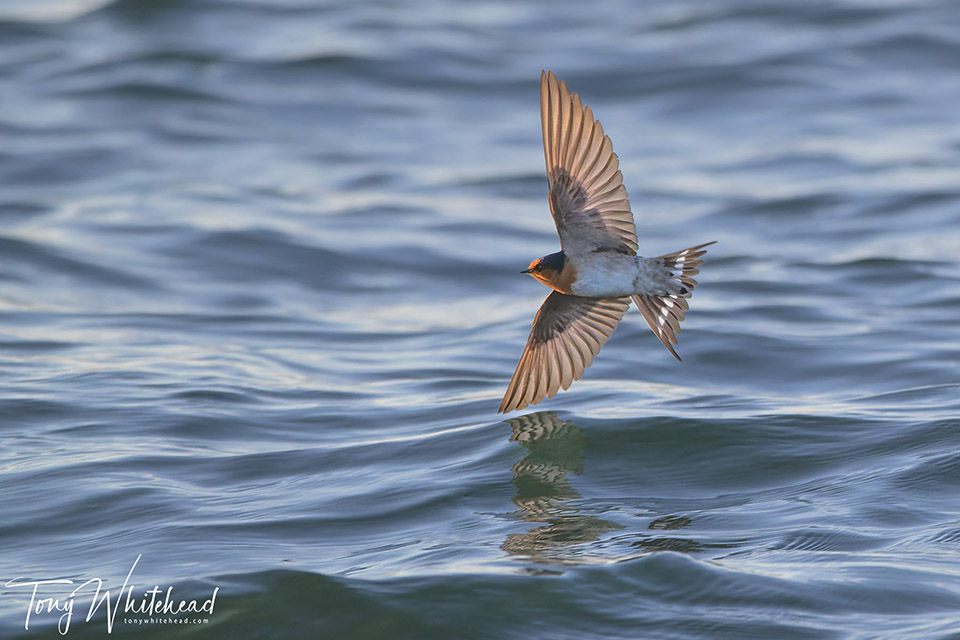
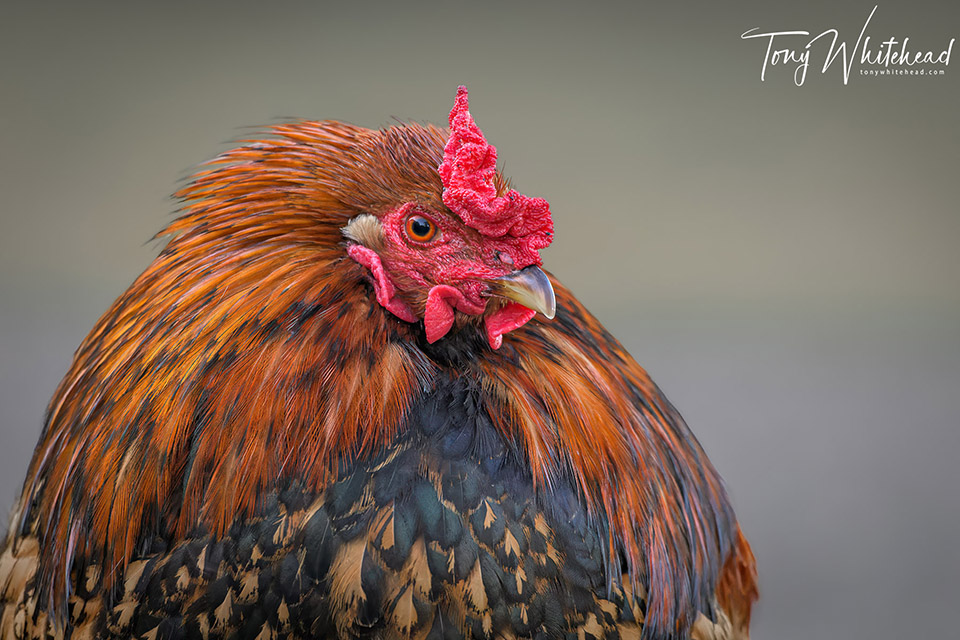
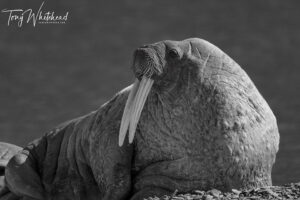
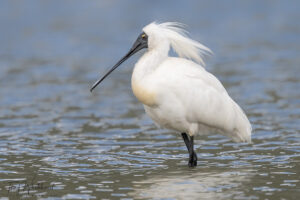
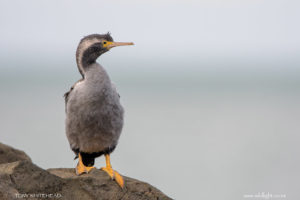
Nicola
16 Sep 2024Beautiful Photos. Thanks for sharing.